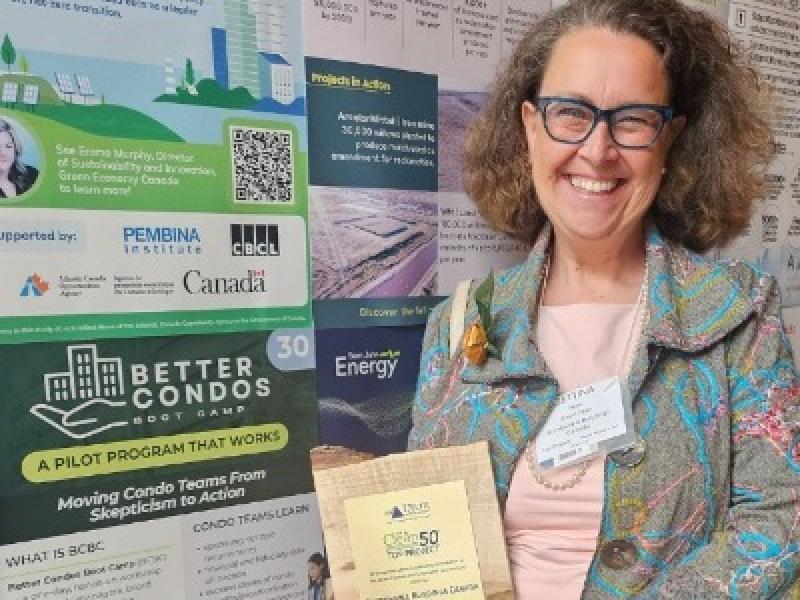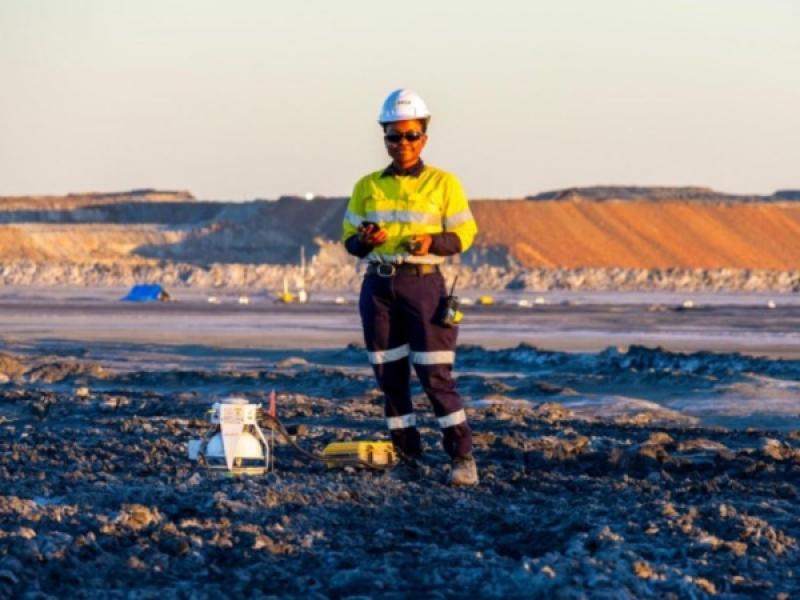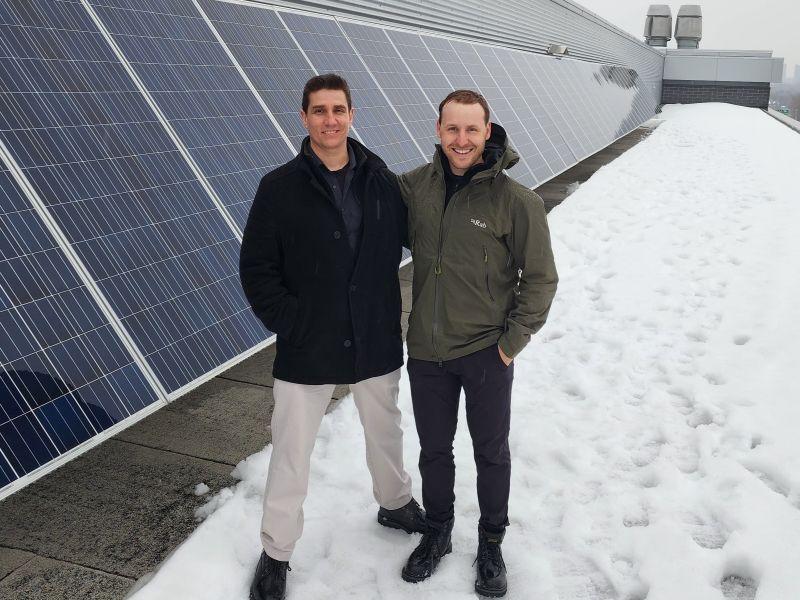
Bram Atlin, principal at Smith + Andersen. (Courtesy Smith + Andersen)
A recent ULI Toronto panel painted a picture of the emerging role of geothermal systems in Toronto and Ontario’s rapidly approaching energy transformation.
“There’s a lot of discussion happening around geothermal right now,” said Tim Weber, co-founder and partner at geothermal utility company Diverso Energy, who provided an overview before the discussion.
Panelists were Bram Atlin, a principal at Smith + Andersen; Jennifer Burstein, the president of construction at Collecdev; Tasso Eracles, the president, Smart Energy Recovery; Eli Miller, the vice president of project management at Hullmark; and Moeen Salibe, the senior director of operational excellence at Enwave Energy Corporation.
The first order of business involved clearing up misconceptions about geothermal energy; mainly, that transitioning to geothermal requires heat pumps when it’s actually compatible with a variety of systems.
The other misconception Weber noted is that transitioning to geothermal requires space, and is more suitable for schools or residential properties. As an example of why this is not true, he highlighted the multi-tower Exchange District in Mississauga, west of Toronto.
Diverso has completed geothermal installation on three of Exchange District’s six buildings to date. The rental and condo towers stand between 35 to 70 storeys.
One of the buildings, EX3, is at 66 storeys currently Ontario’s tallest geothermal-powered condo.
Challenges with geothermal
One challenge is something affecting all aspects of construction these days: the rising costs. Adding another two or three million dollars for geothermal energy is no small ask, Weber explained, particularly in a condo where the developers may not recoup their investment through operational savings.
“I think when you look at that environment right now it’s really no surprise that there’s going to be resistance from developers to depart from business as usual and we hear this every day,” Weber said. ” ‘We’re willing to change, but we don’t necessarily want to change.’ “
He said asking developers to take on geothermal costs themselves is not “a reasonable ask,” instead there need to be companies willing to take on that cost and risk management in the long-term operation of geothermal systems.
Atlin, of mechanical and electrical consultants Smith + Andersen, works mainly with multiresidential buildings. From that perspective, he advocates for a learning curve for everyone involved when it comes to electrifying heating and cooling systems.
“If the nuances of geothermal are understood on the technical side . . . geothermal is actually a pretty simple, elegant solution to decarbonize the buildings (compared t0) the other hybrid solutions we see or suggest,” Atlin said.
Sustainability vs. profitability
Salive, from Enwave, made a similar point. Those employing the systems must both understand, and be able to communicate, the operations and benefits.
“The buildings we acquired a few years ago that were not operated properly, that’s why we went and did the investment to upgrade and fix our IoT (sensor) devices,” he explained, “collect the data models, see where is the pain point, and start to deploy those investments to fix the system and operations long term.”
With geothermal systems, it’s particularly tricky to educate users given that the technology is buried underground. By upgrading the data collection devices in these buildings, Enwave was able to provide that end-user education.
Weber also pointed out the business model for implementing geothermal may, in many cases, be more about real estate than energy cost savings. In a hypothetical zero-carbon office building, developers could lease to a company hyper-focused on its ESG platform, allowing them to squeeze a couple of extra dollars out of the rent per square foot.
In other words, sustainability and profitability are no longer mutually exclusive.
In an interview with SustainableBiz in April before the TGS v4 was implemented, Matthew Tokarik, the CEO of Toronto-based Subterra Renewables said systems such as geothermal often involve more upfront costs, but lead to significant savings in the long run.
Journey to geothermal
Bernstein, with Toronto real estate developer Collecdev, said the company tries to build a tier higher than what is required by TGS, and accomplishing that without geothermal is difficult at best.
Miller, of real estate investment and development company Hullmark, agreed. About four years ago, he explained, the company implemented its first geothermal system.
“Geothermal provided a great way to reduce both long-term capital costs for equipment replacement, but also effectively eliminating our operating costs for heating and cooling,” Miller said. “It’s rare especially these days, where you can find something that intersects doing the right thing environmentally (with) maximizing value.”
As Smart Energy Recovery’s Eracles explains, there are four models for geothermal construction and usage. The first is used more in rentals, where it is included in construction costs.
The second and third options are to set up a utility company — or use a third-party — to run the geothermal system. With this, Eracles suggests companies can charge a BTU rate (British thermal unit, the energy needed to heat one pound of water by one degree Fahrenheit) to users, creating revenue for the owner.
The last method is creating a loan to the condo board to offset capital costs.
Whatever the method, the panelists agreed it’s important to achieve a balance in the heating and cooling considerations for each property, particularly considering climate implications.
Atlin mentioned clients, mainly institutional residential developers, which are challenging Smith + Andersen to look at future weather data as part of consultations.
“If we do go cooling dominant, what’s our reaction plan?” Miller said. “Part of it is just thinking about that future grouping, having those open and honest discussions with the team and making reasonable provisions.”
The event was moderated by Jenny McMinn, the managing director at consultancy firm Urban Equation.










